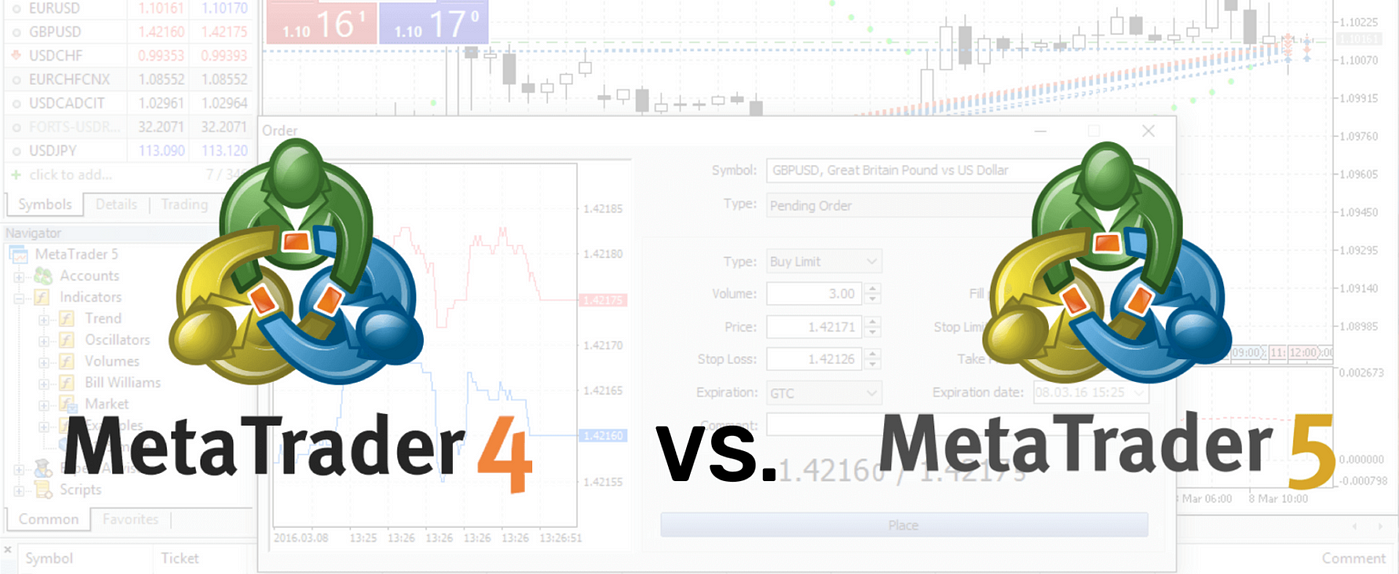Support and resistance indicators: how to trade S&R in Forex
Support and Resistance levels are one of the main ideas in Forex exchanging. Numerous specialized devices depend on help and obstruction lines to discover or to affirm exchange arrangements, and they are most likely one of the main devices that new merchants learn in exchanging. Backing and opposition levels can come in different structures, and there are even finished exchanging systems that depend simply on these levels. Given the significance of this point, we arranged an itemized article that covers all that you need to think about it and tells the best way to compute backing and opposition levels in Forex.
Clarifying support and resistance in Forex
In the first place, we should begin by clarifying what backing and obstruction levels are. A support line in Forex alludes to a level where the cost experienced issues passing underneath, flagging that the cost could again go about as a boundary for dealers. Frequently, there are many purchase orders situated around significant help levels, which is the reason the value appears as though it is ricocheting off those levels. At the end of the day, that value level is giving “support” to the cost.
An opposition level, then again, is a comparative idea to help levels with the exception of that obstruction levels structure to the potential gain. An opposition level alludes to a cost where the market experienced issues breaking above before, flagging that a similar value level could again go about as an obstruction for the market to the potential gain. Dealers frequently submit their sell requests around significant obstruction levels, which can speed up a descending development once the value arrives at the opposition level.
Numerous specialized apparatuses depend on help and opposition levels to distinguish potential exchange arrangements. These levels are unadulterated value activity and are moderately simple to handle and exchange on, which is one of the fundamental motivations behind why so many Forex dealers swear on help and opposition exchanging Forex.
Instructions to recognize support and resistance levels in Forex
There are different approaches to distinguish backing and obstruction levels in Forex. While flat S&R levels are the most effortless to spot, different levels, for example, round number mental levels, pattern line S&R levels, and Fibonacci retracements require certain apparatuses for a merchant to recognize them. Here is a rundown of the main help and obstruction levels in Forex.
Flat support and resistance levels
Flat support and resistance levels are found evenly according to past help and obstruction levels, making them somewhat simple to spot. The accompanying diagram shows a flat help and opposition level.
Brokers for the most part trade on a skip from a support or resistance level or a breakout of it. Countless sell orders found just under an obstruction level and simply over a help level make those levels difficult at the cost to break, ultimately prompting a ricochet off those levels. On the opposite side, a break of those levels is generally joined by a huge purchasing or selling energy, as purchase orders are found simply over an obstruction level, and sell orders are found just underneath help levels. Focus on this whenever you’re exchanging flat help and opposition levels.
Round number support and resistance levels
Round number help and obstruction levels allude to the mental impact that round numbers have on market members. Essentially, when a swapping scale comes to a round number, for example, 1.00, 1.10, 1.20, 1.25, 1.5, etc, these levels regularly go about as a help and obstruction at the cost contingent upon the side from which the cost is drawing closer. This implies that you can put your stop misfortune and take benefit orders around round numbers, yet in addition plan for an expected skip of the cost of those levels.
Pattern linebacking and Resistance levels
We have covered flat help and obstruction levels and round number mental levels, which are likewise a sort of even level. Presently, it’s an ideal opportunity to clarify how pattern lines can go about as a help and opposition at the cost.
Pattern lines interface higher lows during upswings and lower highs during downtrends, making them a significant device for pattern following dealers. Be that as it may, they can likewise be utilized to distinguish potential value levels where the cost may ricochet. Each time the value moves toward a rising or falling pattern line, there is a high possibility that the pattern line will go about as a help at the cost during upswings, or as resistance at the cost during downtrends.
As the accompanying diagram shows, a broker could go into a long exchange when the pattern line shows to offer help at the cost and leaves when the value neglects to make a new higher high or when the value breaks beneath the rising pattern line.
Note that for a pattern line to be a significant help or opposition line, the cost needs to regard the pattern line somewhere multiple times.
Fibonacci retracement levels
Fibonacci retracement levels are extraordinary sorts of help and obstruction levels that expect to distinguish a value level where a market remedy may end. Cash sets tend to drift, and each pattern comprises highs and lows shaping the trademark crisscross example of value outlines. A market revision is a counter pattern value development that structures after a solid development toward the pattern, and as indicated by the Dow Theory, market remedies as a rule stretch around half of the drive wave.
Leonardo Fibonacci was an Italian mathematician of the Middle Ages who found the renowned Fibonacci arrangement of numbers. You might have caught wind of the Fibonacci succession, which goes this way: 1,1,2,3,5,8,13,21,34… basically, each number addresses the amount of the past two numbers. Considerably seriously intriguing that by isolating two continuous quantities of the Fibonacci grouping, you’ll generally get a similar outcome: 0.618. This is known as the Golden Ratio and happens in many spots in nature, including the human body.
Presently, how about we return to exchanging once more. Since the Golden Ratio is far-reaching in nature, market members feel that this proportion could likewise be effectively applied to monetary business sectors. Dealers look at that as a market remedy of 61.8% of the drive wave could go about as a significant help and obstruction level, along with other significant Fibonacci proportions, for example, 23.6% and 38.2%. On the off chance that you apply the Fibonacci instrument from late low to ongoing high, the subsequent Fibonacci retracements drawn on your outline could go about as significant value levels where the market could ricochet and get back to its basic pattern. This is displayed in the accompanying graph.
As should be obvious, the value discovered supports the 61.8% Fibonacci retracement level on the EUR/USD pair. In any case, remember that Fibonacci retracement levels don’t need to be definite and exact help and opposition lines. All things being equal, the cost can backtrack at purported backing and obstruction regions, of which the most significant are in the middle of the 38.2% and the 61.8% Fib level. Thus, think about these levels as regions, or zones, and not really as exact lines.
Support and Resistance levels change their jobs
When discussing backing and obstruction levels in Forex exchanging, we need to address a fascinating attribute of these levels, which is their difference in jobs. At the point when a help level breaks, be it an even, round number, Fibonacci, or pattern line support, that help turns into an obstruction level later on. Likewise, a messed-up opposition level turns into a help level in future exchanging. A well-known exchanging method has been worked around this component of help and obstruction levels, which is called pullback exchanging. Essentially, a broker would hang tight at the cost to retest a messed up help level (which currently turns into an opposition), or a wrecked obstruction level (which presently turns into a help) to go into the heading of the breakout. This entrancing idea is displayed in the accompanying diagram.
The diagram above shows even help and obstruction levels on the week-by-week EUR/USD outline. Higher time spans, like the day-by-day or week-by-week ones, are more often than not more solid with regards to support and resistance Forex trading. As should be obvious, the vital opposition and key support lines are situated above and underneath other less significant levels, individually. A messed-up obstruction turned into support, and a wrecked help turned into resistance.
Last words: support and resistance levels in Forex
Support and Resistance trading is an amazingly well-known method of trading the Forex market. These levels, which exist in other monetary business sectors also, are quite possibly the main concept that fledgling brokers ought to learn from the beginning in their Forex venture. Basically, a help level addresses a value level where dealers experienced issues breaking underneath previously, while an opposition level addresses a value level where purchasers experienced issues breaking above before. Accordingly, these levels can be utilized to ultimately anticipate the conduct of market members once the value contacts them once more.
There are many kinds of help and opposition levels, like flat levels, pattern line levels, Fibonacci retracements, and round number mental levels, which have been shrouded in this article. Other than these sorts, other specialized apparatuses can likewise be utilized to distinguish potential levels where the cost could discover a help or opposition, like moving midpoints (the 200-day MA is a significant unique S&R level), channels, turn focus, etc.










